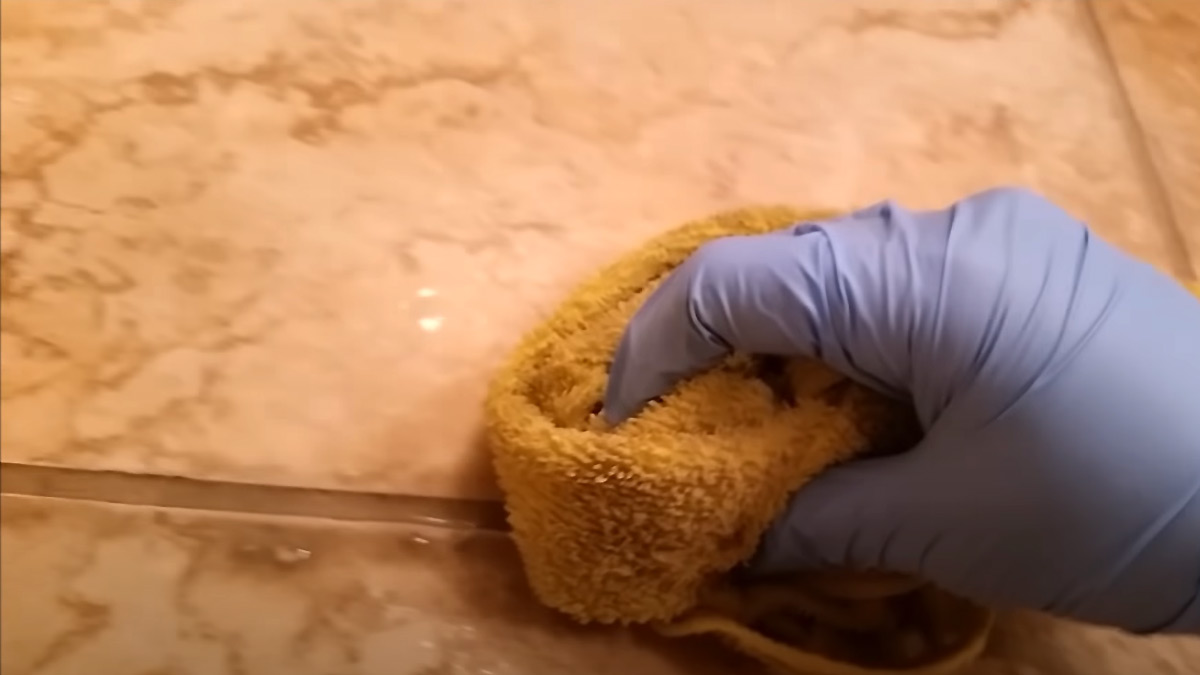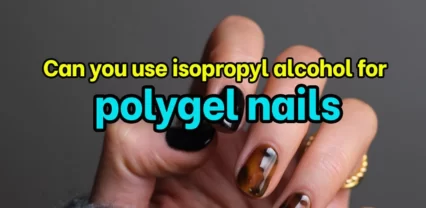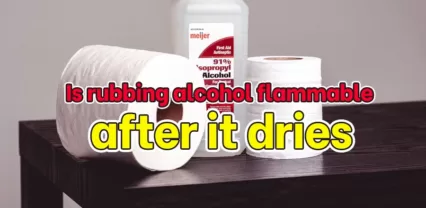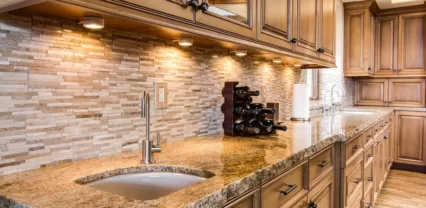Stains can be everywhere within the bathroom, including the walls and floor. How to remove bathroom tile stains? Off course you can use bathroom tile stain remover or tiles cleaning liquid but we will also show you how to clean bathroom tiles stain using natural solutions and non-solution methods.
Before we share the how to remove stains from tile grout or how to remove stains from vitrified tiles in-depth tricks, we have to understand why every bathrooms have staining floor tile.

Why do stains occur?
Before we proceed further, an interesting question most people have is why stains occur on bathroom tiles whereas we scrub them every time we bathe. Well, if you do so, then congrats! You’re doing the best to keep that bathroom always sparkling. Even so, regardless of how often we clean our bathrooms, stains will still appear frequently. You’ll always see those yellowish marks on the tiles even if cleaning occurs regularly.
Understanding why they occur is vital to motivating ourselves to always keep up with ensuring our bathrooms clean. Stain-causing microbes develop on tiles because of an increase in room temperature which causes humidity and moisture for such bacteria to thrive. Whether we wash our bathrooms constantly, it’s not possible to completely stop microbes from causing stains. That’s why we need mechanisms to help us accomplish such tasks. Fortunately, we can always remove stains from tiles.
Methods of removing stains from bathroom tiles
Most methods of stain removal from tiles cut across all rooms in a house, though some might be specific for some rooms like the kitchen or bathroom. How can you remove bathroom tiles’ stains by using any of those general or specific methods? Let’s see.
How to clean bathroom tiles stain using household cleaners
You can use any of the available household cleaners to ensure that bathroom tiles are clean and sparkling.
- Hydrogen Peroxide
Hydrogen peroxide is one of the powerful cleaning agents whose strength isn’t adversely affected even with dilution. You can dab the stain using 3% hydrogen peroxide. It’s normally used as a last option agent, especially when dealing with stubborn stains. To use it, mix it with white flour to make a thick paste which you then apply to the stains on tiles and grout. Cover the surface and let it stay overnight. The next morning, scrub off and rinse with cold water as soon as the stain has disappeared. You can also put a rag soaked in hydrogen peroxide over the stain and wait for one to two hours then proceed with scrubbing the stain. - Scouring Powder
You can also use scouring powder for the tile stains to lift them. First, wet the stain with water, sprinkle sufficient scouring powder onto the stain to fully cover it, and mix it lightly with the water to form a paste. Let the paste stand for a few minutes to react and wipe it with a coarse sponge or rag. This cleaner is effective while cleaning stains of grease or watermarks. Before using any other cleaner after the powder, thoroughly clean the area with water and let it dry completely. That will help avoid any unwelcomed reactions between some of the powder’s chemicals and the clean. - Borax
Borax mixed with water can also help in removing stains from tiles. It’s a popular agent used for laundry, but can also be an effective stain remover. Mix borax with water and use a coarse sponge dipped in the solution to scrub the stain off the tile. Borax is only suitable for finished tiles. - Marble Poultice
You can also remove bathroom tiles’ stains using marble poultice. Rub the poultice paste onto the stain to a necessary thickness, cover the area with plastic, and allow for one to two days. After those days, wipe off the paste and see if the stain was removed. You can re-apply the paste as needed if the stain wasn’t absorbed properly. The cleaning agent is especially effective on marble tiles.
How to remove stains from bathroom tiles using natural solutions
Several natural solutions can also be used in cleaning stains on bathroom tiles. Some of these solutions include:
- White Vinegar
Vinegar seems to have lots of functions, including stain removal from tiles. Using a coarse sponge, pour some white vinegar on it and use it to wipe the grout lines between bathroom tiles to remove the stains. Mixing vinegar with other cleaners isn’t recommended. Using full-strength vinegar increases its cleaning effectiveness. The solution is mostly useful for removing hard water stains. - Baking Soda
Using a mix of baking soda and water is effective for cleaning non-ceramic tiles and slate as it won’t leave permanent marks. Mix required proportions of baking soda with water, stir to form a paste and scrub the paste on the stain with a soft brush. You can use baking soda for larger stains, but it’s mostly suitable for small, sticky ones. After using the agent, rinse the cleaned area and wipe it two or three times with a clean rag. - Lemon Juice
Lemon juice is very suitable for removing hard water stains. Because of its acidity, it easily lifts the hard water stains from the tiles. The procedure for using it is simple; spray the juice onto the stain or use a sponge/rag soaked in it to scrub the area until the stain is removed. Lemon juice shouldn’t be applied on stone or slate tiles; its acidity will cause more permanent stains on such tiles. - Chlorine
Chlorine is one of the most powerful and effective bleaching agents. Using it can help clean stained surfaces and kill microorganisms like bacteria. To clean bathroom tiles’ stains with chlorine is a simple process. Apply the agent on the tiles to cover the stains fully. Allow it to sit for some minutes and then use a soft brush to remove the stains completely. Always rinse the cleaned surfaces with water afterward. - Club Soda
Using club soda sounds weird but yes, you can make good use of it to clean the stains on your bathroom tiles. The soda doesn’t have to be flavored or containing sugar. Pour enough of the club soda on the stain and allow it to stand for a few minutes. The soda’s carbonation should react with the stain and lift it efficiently so that you only wipe away the remaining liquidand the stain with a rag or coarse sponge. Grease stains will appreciate very much the use of club soda.
How to remove bathroom tile stains using non-solution methods
Bathroom tiles’ stains can also be cleaned using non-solution methods like using ice, steam cleaners, and a wooden stick.
- Using Steam Cleaners
These work almost in a similar way to vacuum cleaners. They cannot only remove stain from tiles, but can also remove other dirt particles, kill germs, and sanitize an area. To use a steam cleaner, fill the water tank, turn on the machine, and push it along the stained surfaces of your bathroom tiles to remove the stains. It’s advisable to read the manufacturer’s instructions before using a steam cleaner since their models can be different. - Ice Cubes
It’s also possible, though not completely efficient to clean stains with ice. Put ice cubes in a plastic bag the size of the stained area and lay it over the stain. This technique is only suitable for gummy stains like wax as it hardens such material and makes it easier to lift off. Remove the ice cube bag after half an hour to check if the stain is solidified. Use a wooden stick to scrape away the stain once it solidifies.
Whichever method used or cleaner applied on the stain, using a paint thinner can help to remove any remaining residue from the bathroom tile. A sponge can help clean those spots, but be sure to buy one that’s preferred for your tile’s material.
Cleaning Bathroom Tiles Properly
Bathroom stains can occur in various parts like the grout, floor tiles, and wall tiles. Grouts require special attention since they can start appearing dirty after a while and spoil the look of the room. It’s more sensible to tackle the grout first as it can be time-consuming and will always be dirtier than the tiles themselves. An old toothbrush can be a good tool for grout cleaning accompanied by a suitable cleaning agent. It’s noteworthy that strong cleaners or bleach shouldn’t be applied on colored or dark grouts as that can make them fade.
Next, you’ll need to clean the bathroom wall tiles. Consider which tile material is used and the finish and those will determine which cleaners to use. Find out with experts which cleaners are best for which tiles. For instance, vinegar is perfect for ceramic tilesbut not on marble surfaces. It’s proper to avoid scrubbing the walls too hard, without applying much pressure. After cleaning the stains, rinse off the walls with water and mob them dry. Floor tiles should come last in the case of you deciding to clean all the bathroom tiles. The same procedure and materials used for the wall tiles will suffice for floor tiles.
Things to consider when using bathroom tiles stain remover
While there are numerous options out there when deciding on bathroom tile cleaners, it’s prudent to check what you’re going to use. Remember, you aim to clean the stain surfaces and not to increase them. So, what should you consider when using bathroom tiles remover? Here are some things to keep in mind:
- Choose stain removers that are compatible with your tiles. Always check the labels of tile cleaners and inquire from your flooring manufacturer about the effects of cleaners on the tiles.
- Avoid removers that might interact with each other. Even if you plan on mixing some tiles stain removers, use those that can’t react with each other. Some cleaners like ammonia are fond of reacting with others.
- Use cleaners that don’t emit fumes. Some tiles stain removers are prone to give out fumes due to their volatility. If you might use them, then do so sparingly and in a well-ventilated bathroom.
- Oil-based cleaners aren’t a perfect match for tiles stain removal. They can either make the surfaces worse or cause slippery surfaces that might lead to accidents.
Tips to clean bathroom tiles
You can have clean bathroom tiles that are rarely stained. You only need to know the secret of doing so. Here are some things to ensure clean bathroom tiles and avoiding stains:
- Use a cotton ball soaked in the cleaning agent being used to clean corner tiles (the hard-t-clean areas and wipe with a clean cloth. An old toothbrush can also be appropriate.
- Applying a coat of wax every year will also keep the bathroom tiles from growing mold and mildew and restore the shine even if water drops on the tiles.
- Always start with the wall tiles first before cleaning the floor tiles to avoid dirt from the walls falling onto the floor (if you had started with the floor tiles).
- Always use non-corrosive cleaning chemicals. Some of them might even make the stains worse and not remove them. Mixing of cleaners should only be done for non-reactive ones.
- Using a paint thinner can help in removing any leftover solution or stains, leading to a sparkling bathroom wall or floor.
- Try to keep the room ventilated. Stains and molds can grow due to an increase in temperature that creates warmth. Keeping the room from being too humid is a perfect way to avoid some stains.
- Have a weekly cleaning of the bathroom tiles and do not wait for after the stains have become worse or stuck harder. The earlier you begin, the better.
Conclusion
Having a clean and well-maintained bathroom is significant to a healthy life. It involves more than disinfecting the bathtubs, cleaning the shower heads, or deodorizing the room.
The bathroom tiles also need particular attention as they’re prone to stains caused by even the soaps and detergents we use in the room. Can you use magic eraser on bathroom tile too?

![Will rubbing alcohol ruin furniture [Truth Exposed]](https://www.sanitisationsingapore.com/wp-content/uploads/2021/09/Will-rubbing-alcohol-ruin-furniture-426x208.webp)

